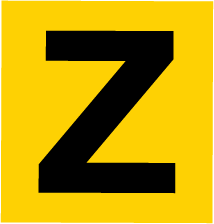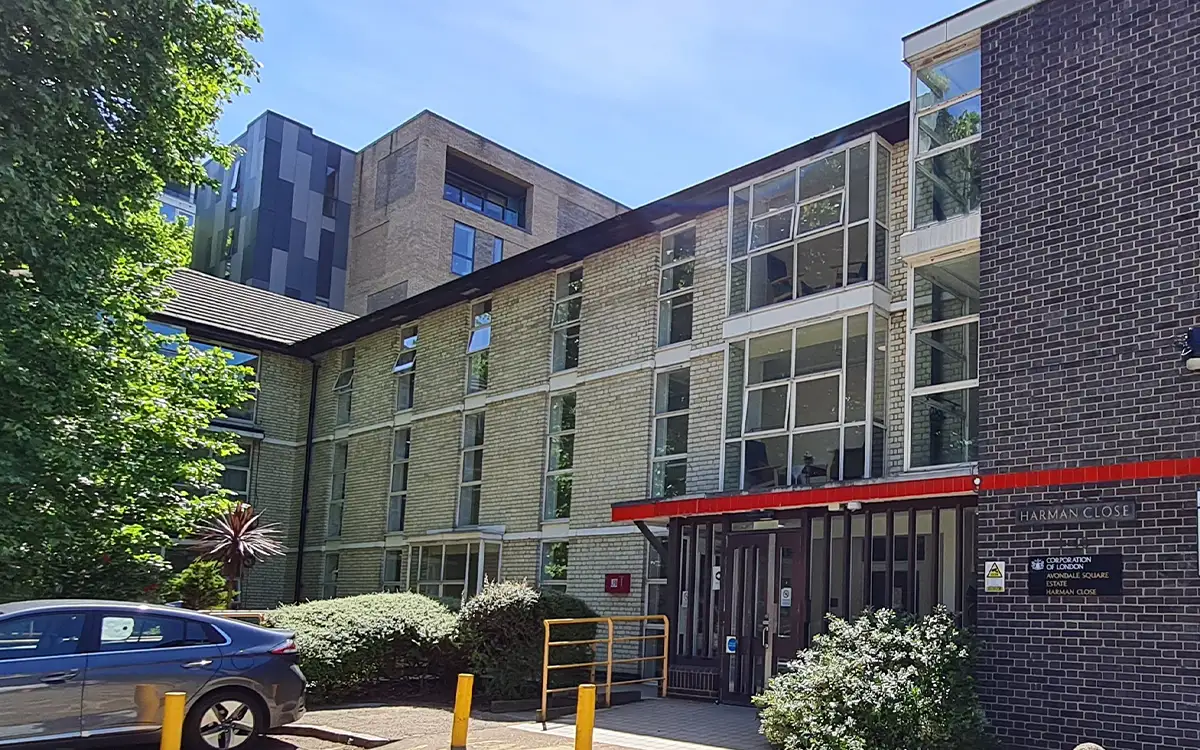
A survey carried out by the British Woodworking Federation (BWF) found that 57% of the UK public couldn’t spot a problem with a fire door, resulting in a failure to report issues to the Responsible Person.
To help raise awareness for this year’s Fire Door Safety Week campaign, use our simple A-Z guide, which offers tips and reminders on what you need to look out for to keep your fire doors compliant!

Approved Installer: Firstly, it’s always advised to use a qualified professional who is certified to install fire doors according to safety standards. Hiring an approved installer ensures that the door is fitted correctly and will perform as expected during a fire.

Building Regulations: Always follow the local building regulations and fire safety standards when installing or inspecting fire doors.

Closers: Choose a fully functioning door closer that ensures the door closes firmly against the latch without slamming, from any angle.

Freedor SmartSound automatic fire door closer from Fireco.

Documentation: Keep proper documentation of all fire door installations, inspections, and maintenance activities. This is crucial as it ensures a continuous, traceable, and transparent record of safety compliance, aligning with the golden thread principle of maintaining accurate and accessible information.

Exits and escape routes: Ensure that all fire exits are clearly marked and accessible, with fire escape routes free of obstructions.

Frame: Inspect the door frame for any damage or gaps that could compromise the fire door’s effectiveness.

Gaps: Maintain appropriate gaps around the fire door and frame, typically 2-4mm along the sides and top and no larger than 8-10mm at the bottom, to ensure proper sealing and operation.

Hinges: Use fire-rated hinges that are correctly fitted and maintained, with a minimum of three hinges per door.

Intumescent Seals: Ensure intumescent seals are present and in good condition. These expand in the event of a fire to seal gaps around the door.

Jambs: Inspect the door jambs to be sure they’re solid, properly aligned, and free from damage or wear.


DorMag SmartSound and Dorgard are ideal safe & legal hold-open solutions from Fireco.

Latches and Locks: Check that all latches and locks are functioning correctly, allowing the door to close securely without difficulty.

Maintenance: Regularly maintain and inspect fire doors to ensure they are in good working condition and compliant with safety standards. Inspections should be conducted at least once every six months, with more frequent checks recommended during the first year for newly occupied buildings.

NEVER use a door wedge! Propping open a fire door with a wedge is dangerous because it prevents the door from stopping the spread of fire and smoke. Fire doors are designed to close automatically during a fire, providing a crucial barrier that can save lives. Wedging fire doors open compromises this protection and may also violate fire safety regulations.

Obstructions: Keep the area around fire doors free from obstructions, ensuring they can open fully and close, and are easily accessible in an emergency.

Push Bars: Ensure that push bars on emergency exit doors are functioning properly and are easy to operate. A fire door must be equipped with a push bar if it can be locked from the outside.

Quality Control: Use high-quality materials and certified fire door components to ensure the door’s integrity and effectiveness in a fire.

Repairs: Address any damage or wear promptly. Even small defects can significantly reduce the effectiveness of a fire door.

Signage: Properly label fire doors with appropriate signage, such as “Fire Door Keep Shut” or “Fire Exit,” to ensure they are easily identified.

Training: The Responsible Person in a building is required to provide training for occupants on the importance of fire doors, how to use them, how to spot faults and who to report them to, and what to do in case of a fire.

Speaking of which, are U the Responsible Person? In the UK, the RP is designated under the Regulatory Reform (Fire Safety) Order 2005 to oversee fire safety within a building. This individual, typically the owner, employer, or person with control of the premises, is tasked with ensuring the safety of occupants by conducting fire risk assessments, maintaining fire safety equipment (e.g., fire alarms, extinguishers, fire doors), and ensuring clear evacuation routes. They must also ensure that the building complies with relevant fire safety laws.

Vision Panels: Ensure vision panels, if present, are made of fire-rated glass and are properly fitted to maintain the door’s fire resistance.

WHY compromise on fire safety? There is simply no good reason to do so. Compromising on fire door safety is dangerous because fire doors contain the spread of fire and smoke, providing crucial time for evacuation. If not properly maintained or installed, they can fail, leading to quicker fire spread, increased risk of injury, and legal consequences.

X – Be eXtra diligent when reporting defects. Ask your Fire Door Inspector about using DorTrak software.

Y not speak to an expert if you’re unsure about fire door compliance? From one door to 1,000 (or more), Fireco makes managing fire door compliance simple. We provide a comprehensive, accredited fire door inspection service, complete with digital reporting. Offering quarterly and yearly inspections, we’ll check every aspect of your fire door, from certification and fire ratings to the hardware, hinges and seals, to ensure your fire doors are fit for purpose and able to keep you safe.

Zero Tolerance: Finally, always maintain a zero-tolerance policy for any modifications or misuse of fire doors that could compromise their effectiveness!
If you need more help with your fire door safety A-Z, then contact our experts today.
T: 01273 320650









0 Comments